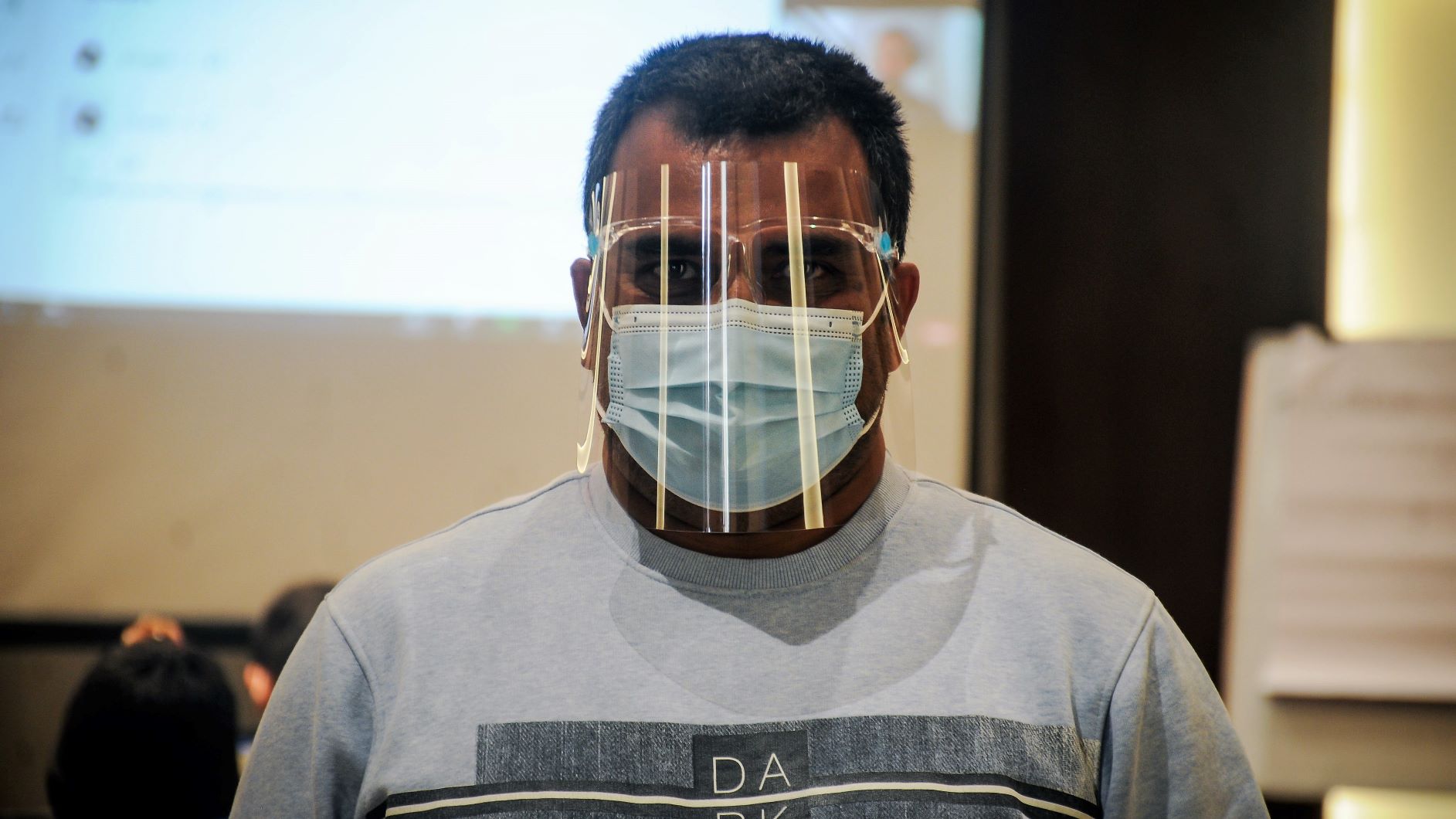(This is a very short history of online media/journalism including that of Nepal that I had prepared a few years ago for my term paper. Updated with beginning of internet in Nepal on June 28.)
Internet is relatively new media. It was only in the late 80s and early 90s that the World Wide Web (WWW) emerged and started influencing the way people live. Journalism was not left behind. The early use of internet was for acquiring information and using computer to improve reporting, but by the half of the 90s, the newspapers were already on the internet serving the people worldwide.
Early precursors of the online journalism are believed to be teletext and videotext, introduced and used during 70s and 80s but never took off. In 1978, Bulletin Board System (BBS), information and emails sharing method by direct connection between computers, began. In 1982, StarText, the first newspaper intended to deliver only to computers via videotext was established. In 1990, Tim Berners-Lee created the internet. His invention changed the scenario as the WWW offered greater capacity, flexibility, immediacy, permanence and interactivity.
Chicago Tribune of USA began its online venture, the Chicago Online, in 1992. This is the considered the first online media. The first proper news site was put on the internet as early as in 1993 when the The News & Observer in North Carolina was put on the internet through bulletin board system (BBS). After the first internet browser, Mosaic was launched in 1994, it went online as Nando Times. The pioneering site, the Nando Times pages were discontinued May 27, 2003. On January 19, 1995, the first newspaper to regularly publish on the Web, the Palo Alto Weekly in California, begins twice-weekly postings of its full content.
Mercantile Office Systems began the commercial email system in June 1994 and established a separate entity Mercantile Communications for similar services. Before that Nepal Academy for Science and Technology (NAST) and Nepal Forum for Environmental Journalists had used email services as trials. Early services were used by dialing ISD numbers in India for the connection.
On July 15, 1995 Mercantile started providing full online access operating via a lease line through Nepal Telecom with it’s backbone in Singapore. By the end of 1995, Mercantile had approximately 150 subscribers – most of them being the International Non-Governmental Organizations in Kathmandu.
WorldLink began internet services as around same time with duplex dial-up lines that dials in USA four times a day. It had around 60 subscribers by January 1996.
Nepalese in US began the publication of first online media on Oct 23, 1993 – The Nepal Digest. This continued for 449 issues and closed before it resumed publication again in 2003. On September 1, 1995 (edited on September 5, 2013 after finding out that The Kathmandu Post started uploading on September 1, 1995 but only announced it on September 7, 1995) The Kathmandu Post went online on the University of Illinois website. It was joint effort of Mercantile Communications, the publication and Rajendra Shrestha, an engineering student who uploaded the news on his personal page provided by the university.
Himal Media started archiving it’s publication, Himal South Asia, in it’s own website himalsouthasia.com in 1997.
Mercantile established South-Asia.com in 1998 when it archived seven daily and weekly newspapers. The site however only gave the digital version of the printed publications. In 1999, it moved to NepalNews.com paving ways for more newspapers to put up their content on the cyberspace and the company also began serving it’s own news collected by the reporters it employed for the news portal.
Kantipur Publications established KantipurOnline.com on April 13, 2000. At initial phase, KantipurOnline.com employed reporters for news reporting. The site not only uploaded the digital version of its publications but also has their original contents with a few reporters working for it.
On December 15, 2002 Kamana Group of Publications began newsofnepal.com. Lately all broadsheet dailies along with weeklies and smaller media are available online.
Talking about weblog or blog, the first blogsite of Nepal, United We Blog, was established on October 1, 2004. The number of blog sites is also increasing rapidly because one can start it free of cost and without much of technical knowledge.





















